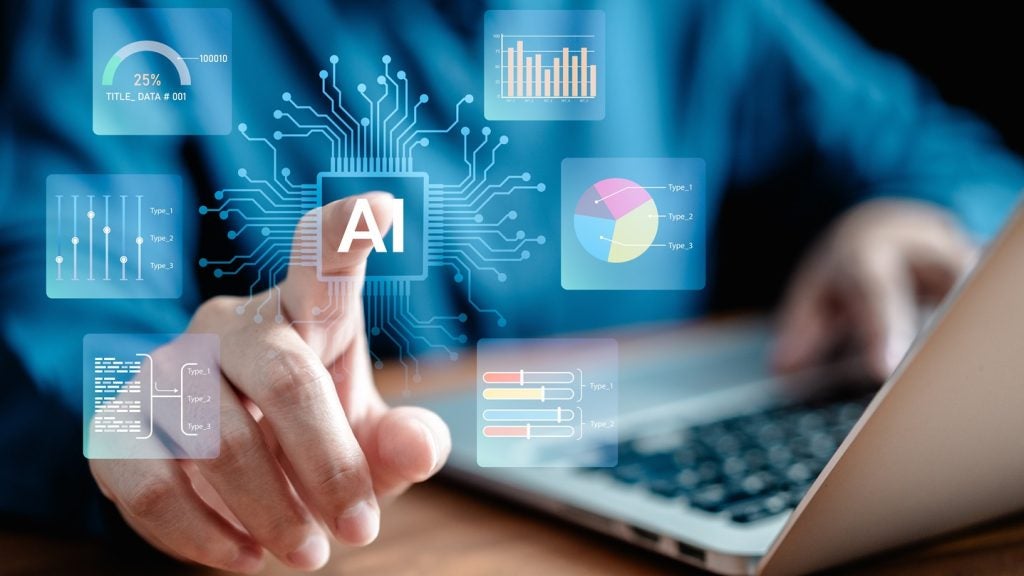Nova has been granted a patent for a secondary ion mass spectrometry (SIMS) system that enables semiconductor metrology and surface analysis. The system includes a sample stage, a primary ion source, an extraction lens, a detection unit, and a charge compensation system. The system allows for the extraction of secondary ions emitted from a wafer and the production of an electron beam based on the wafer’s charge indication. GlobalData’s report on Nova gives a 360-degree view of the company including its patenting strategy. Buy the report here.
According to GlobalData’s company profile on Nova, Pose estimation was a key innovation area identified from patents. Nova's grant share as of September 2023 was 48%. Grant share is based on the ratio of number of grants to total number of patents.
A sims system for semiconductor metrology and surface analysis
A recently granted patent (Publication Number: US11764050B2) describes a secondary ion mass spectrometry (SIMS) system and method. SIMS is a technique used to analyze the composition and structure of materials at the atomic and molecular level.
The SIMS system comprises a sample stage that supports a wafer, a primary ion source and ion optics that produce and direct a primary ion beam to the wafer, an extraction lens that extracts secondary ions emitted from the wafer, a detection unit, and a charge compensation system. The charge compensation system produces and directs an electron beam to the wafer based on a wafer charge indication generated by the detection unit.
The wafer charge indication is indicative of the location of the secondary ions, where they are spread according to energy. This location is positioned between two current sensors of the detection unit, which are located between a first electrostatic analyzer (ESA) and a second ESA. The system also includes a magnetic second analyzer (MSA) downstream from the ESAs.
The charge compensation system is configured to control the current or power of the electron beam based on shifts in the kinetic energy of the secondary ions, as indicated by the wafer charge indicator. These shifts in kinetic energy are sensed by a low energy current sensor of the detection unit. The charge compensation system can also vary the current delivered to the surface of the wafer and control the electron beam based on the overall energy distribution of the secondary ions.
The SIMS system is further configured to check the calibration of the system and update it automatically.
The SIMS method described in the patent involves producing and directing a primary ion beam to a wafer, extracting secondary ions emitted from the wafer, generating a wafer charge indication, and producing and directing an electron beam to the wafer based on the wafer charge indication. The method also includes controlling the current or power of the electron beam based on shifts in the kinetic energy of the secondary ions, as indicated by the wafer charge indicator. The shifts in kinetic energy are sensed by a low energy current sensor of the detection unit. The method can also involve checking the calibration of the SIMS system and updating it automatically.
Overall, this patent describes a SIMS system and method that incorporates a charge compensation system to control the electron beam based on the wafer charge indication, allowing for more accurate and precise analysis of the secondary ions emitted from the wafer. The system also includes various sensors and analyzers to detect and measure the kinetic energy and energy distribution of the secondary ions.
To know more about GlobalData’s detailed insights on Nova, buy the report here.
Data Insights
From

The gold standard of business intelligence.
Blending expert knowledge with cutting-edge technology, GlobalData’s unrivalled proprietary data will enable you to decode what’s happening in your market. You can make better informed decisions and gain a future-proof advantage over your competitors.







